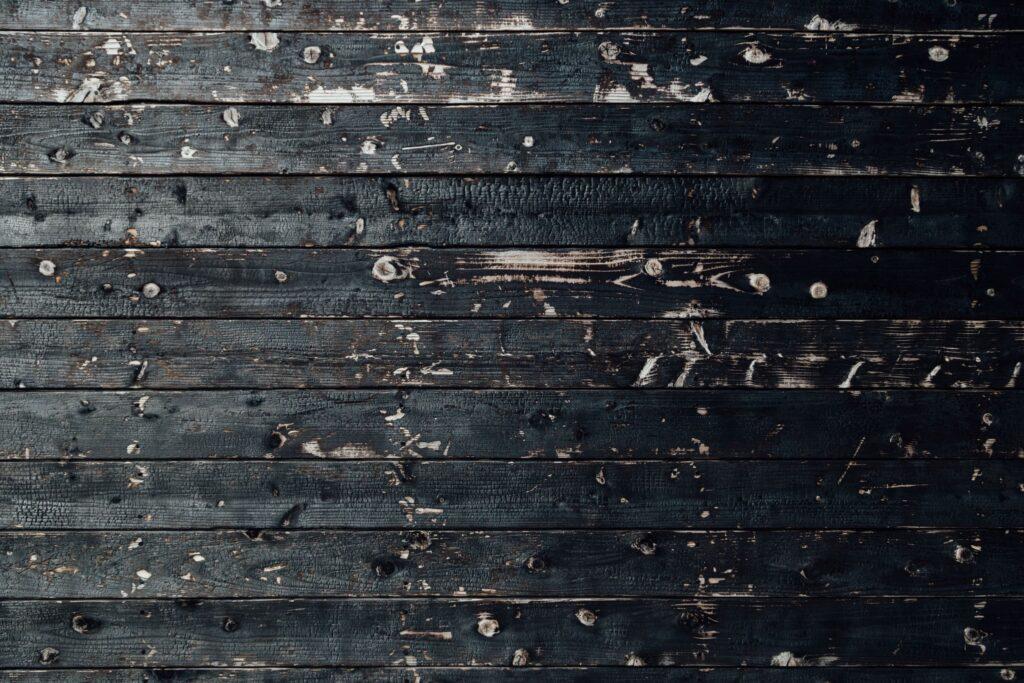In today’s world, many traditions are re-emerging that were previously forgotten. Also, in the wake of globalization and an ever more digitally connected society, local trends are spreading and enjoying great popularity elsewhere on the globe. One example of this is Shousugiban, a unique firing technique from Japan. Inspired by traditions that have existed for centuries in Japan, shousugiban is now enjoying great popularity in Western Europe as well. A supposedly old, yesterday’s method is used, which, however, has decisive advantages and could also fulfill crucial needs that exist among people with regard to the climate crisis and sustainability. On the question of modernity in tradition and the influences on modern society, everything important will be described in the following.
Tradition and the modern age – A contradiction?
When it comes to popular techniques in the processing of material, conventional techniques usually come up. Although these are also effective for the most part, they also pollute the environment and in some cases offer no long-term benefits because the durability of the materials is limited. The traditional firing technique from Japan, on the other hand, is completely different. The wood achieves extreme durability through the traditional technique and also a unique appearance. The fact that coniferous wood is burned on one side and that this is done by tying three boards to a chimney, in which a fire is lit at the lower end, seems very traditional at first. Nevertheless, the technique from Japan, which is also called Yakisugi, manages to make the wood resistant to extreme weather events and extreme weather conditions through this treatment in the surface condition – and this also in the long term. Consequently, while there is a lot of tradition in the technique and little modernity, in the result there is exactly what the present and future demand, namely resistance to the climate crisis and also sustainability. The fact that the best can be made of the natural and renewable raw material wood and that it also meets the aesthetic demands of the present makes this traditional technique from Japan also a (global) technique for the modern world.
The renaissance of Shousugiban and its impact on modern society
The aspirations for individuality, which is emblematic of a modern society in the 21st century, are satisfied by applying the firing technique from Japan. Not only traditional Japanese wooden houses get their individual character from the fire-retardant coal layer, but also wooden houses or houses with wooden elements or wooden floors in the global north. Of course, it is no great wonder that important contemporary architects incorporate the Japanese tradition into their building designs – the famous architect Terunobu Fujimori is just one of numerous examples. In particular, the very unique aesthetics after the application of fire to the wood is what makes the very special and popular aesthetics. An aesthetic that perfectly combines naturalness and individualism, and at the same time is not only short-lived, but also has a very good durability. To Europe, the Dutch architect Pieter Weijnen brought the traditional technique from Japan, combining it with modern techniques of the Western world. This is also how unique wood can look, combining both modernity and tradition and value.

